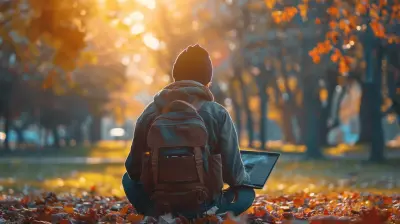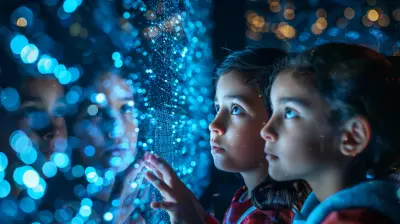How Nature-Based Learning Boosts Cognitive Growth
18 October 2025
Let’s face it—we’ve all had those moments when we felt more alive outside than inside, like our brains finally took a deep breath. Ever wonder why that happens? Nature has a lot more to offer than just a pretty view or a peaceful walk in the park. In fact, when it comes to education, there’s mounting evidence that nature-based learning can supercharge kids’ brain power.
You might be picturing students running wild in the woods or building forts with sticks. And yes, that might be part of it—but it's so much more than that. Nature-based learning is a game-changer for developing minds. It doesn’t just make learning more fun, it rewires the brain in ways that traditional classrooms struggle to keep up with.
So, how exactly does nature-based learning boost cognitive growth? Stick with me and let’s dig deep into the roots of this powerful approach.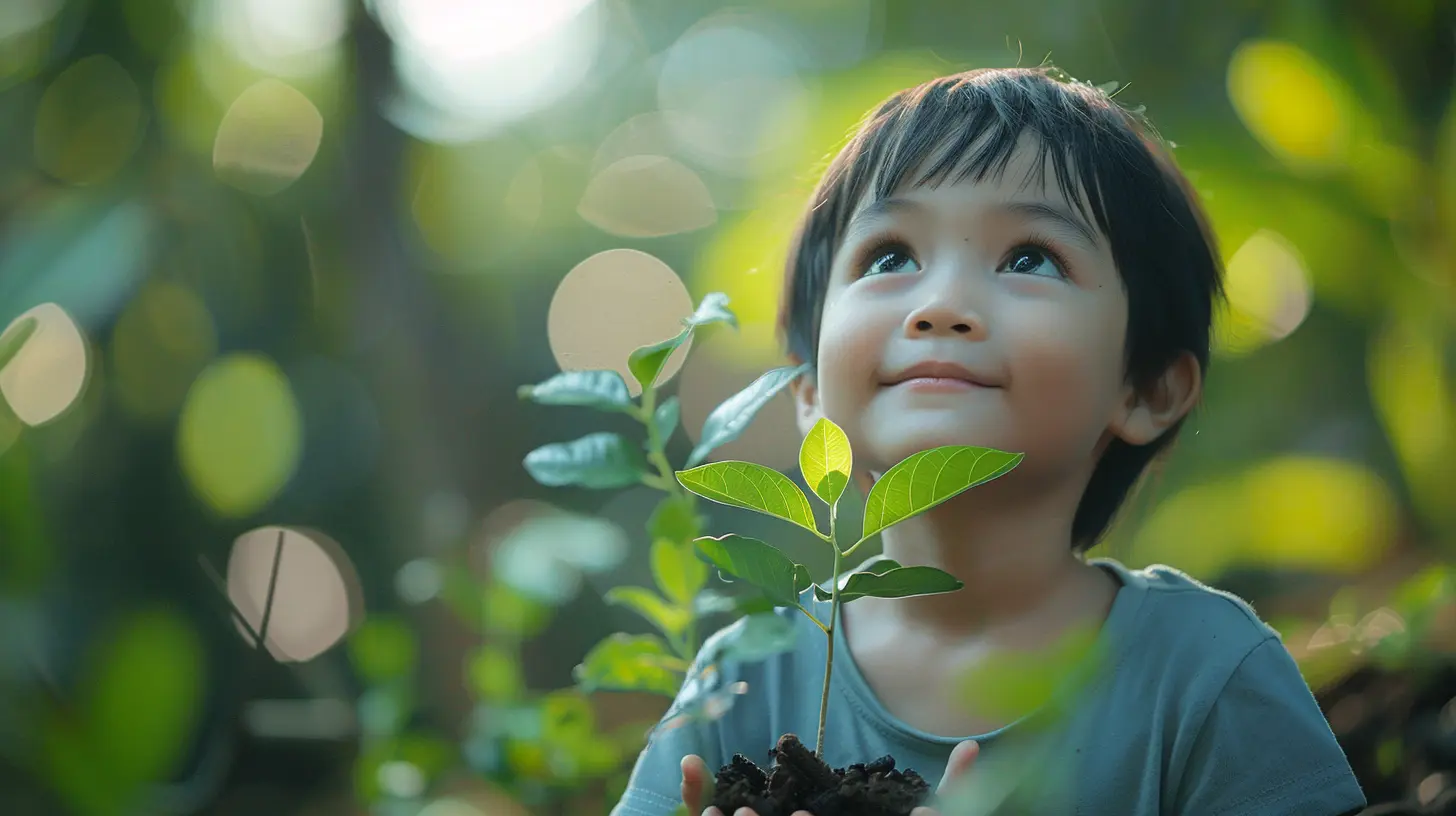
What Exactly Is Nature-Based Learning?
First things first—what are we talking about here?Nature-based learning is not your average science class with a few leaves taped in a notebook. It’s an educational approach that uses the outdoors not just as a backdrop, but as a living, breathing classroom. Think forest schools, garden-based curriculums, field trips, or even just spending regular time outside during the school day.
It’s all about engaging with the natural world through exploration, observation, play, and real-world problem solving. And guess what? It’s not just for preschoolers. Kids of all ages—and adults too—can benefit.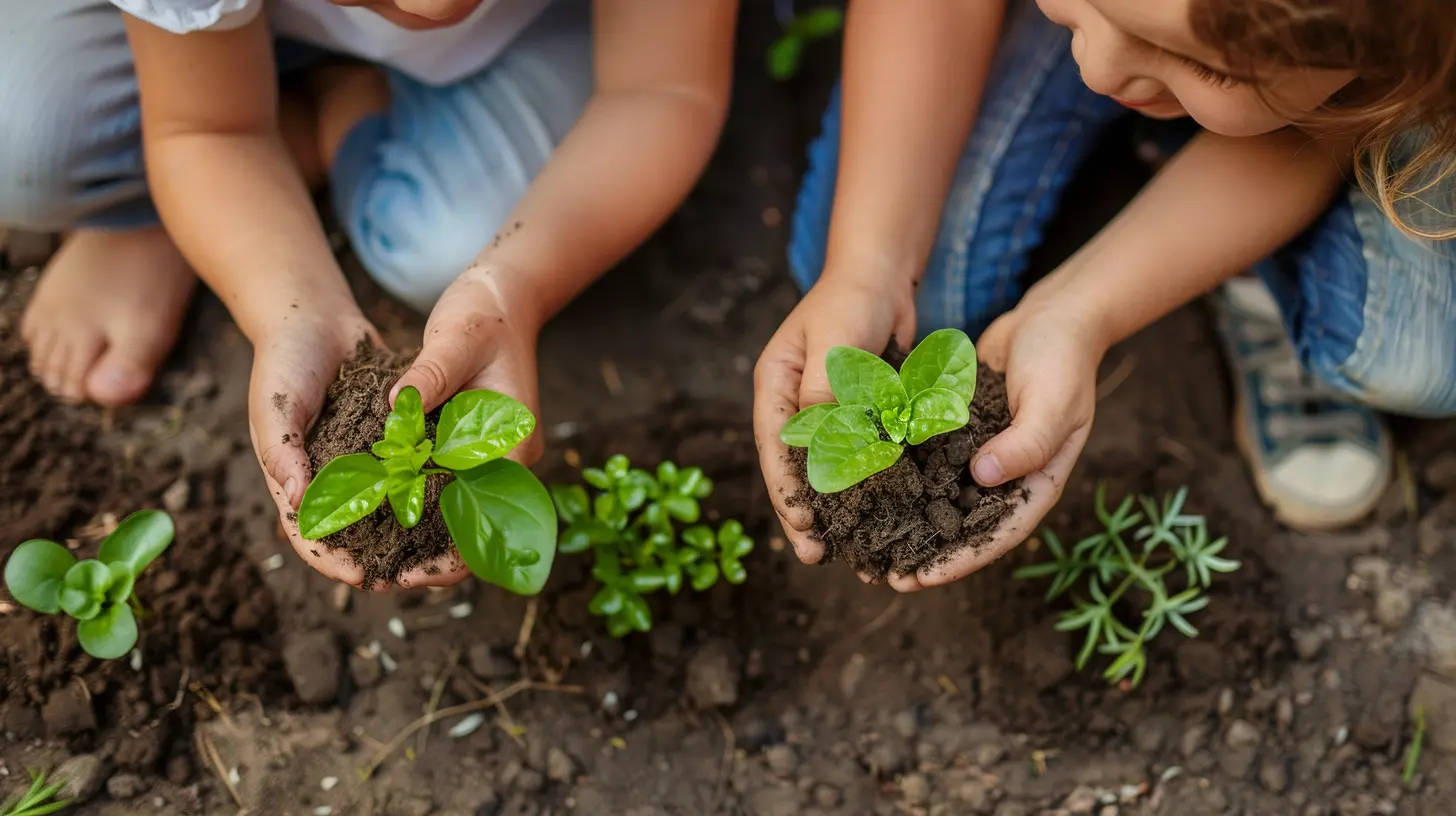
The Science Behind Nature and Brain Development
Here’s where it gets really interesting. Scientists have been studying the impact of nature on the brain for years and the results are consistently mind-blowing. Nature stimulates multiple senses at once—sight, sound, touch, even smell. This multi-sensory engagement fuels the brain.Being outside can actually change brain activity. For example:
- Increased prefrontal cortex activity: the part responsible for decision-making, planning, and self-control.
- Enhanced working memory: that essential skill for following directions, doing mental math, or remembering your grocery list.
- Reduction in cortisol levels: lowering stress improves focus and emotional regulation.
So kids aren’t just calmer in nature—they’re also sharper.
Attention and Focus: Nature as Brain Fuel
Ever tried to get a kid to sit still in a chair for six hours? It's like asking a squirrel to stay in one tree all winter. Kids are naturally curious and active. Traditional classrooms often fight against that energy. Nature-based learning embraces it.Research from the University of Illinois found that children with ADHD had improved attention spans after spending time in green spaces. But it doesn't stop there. Even kids without attention disorders tend to perform better on tasks requiring focused attention after a dose of the great outdoors.
Think of it like this: Nature resets the brain—it’s like hitting the refresh button on a computer. Afterward, it runs smoother, faster, and with fewer crashes.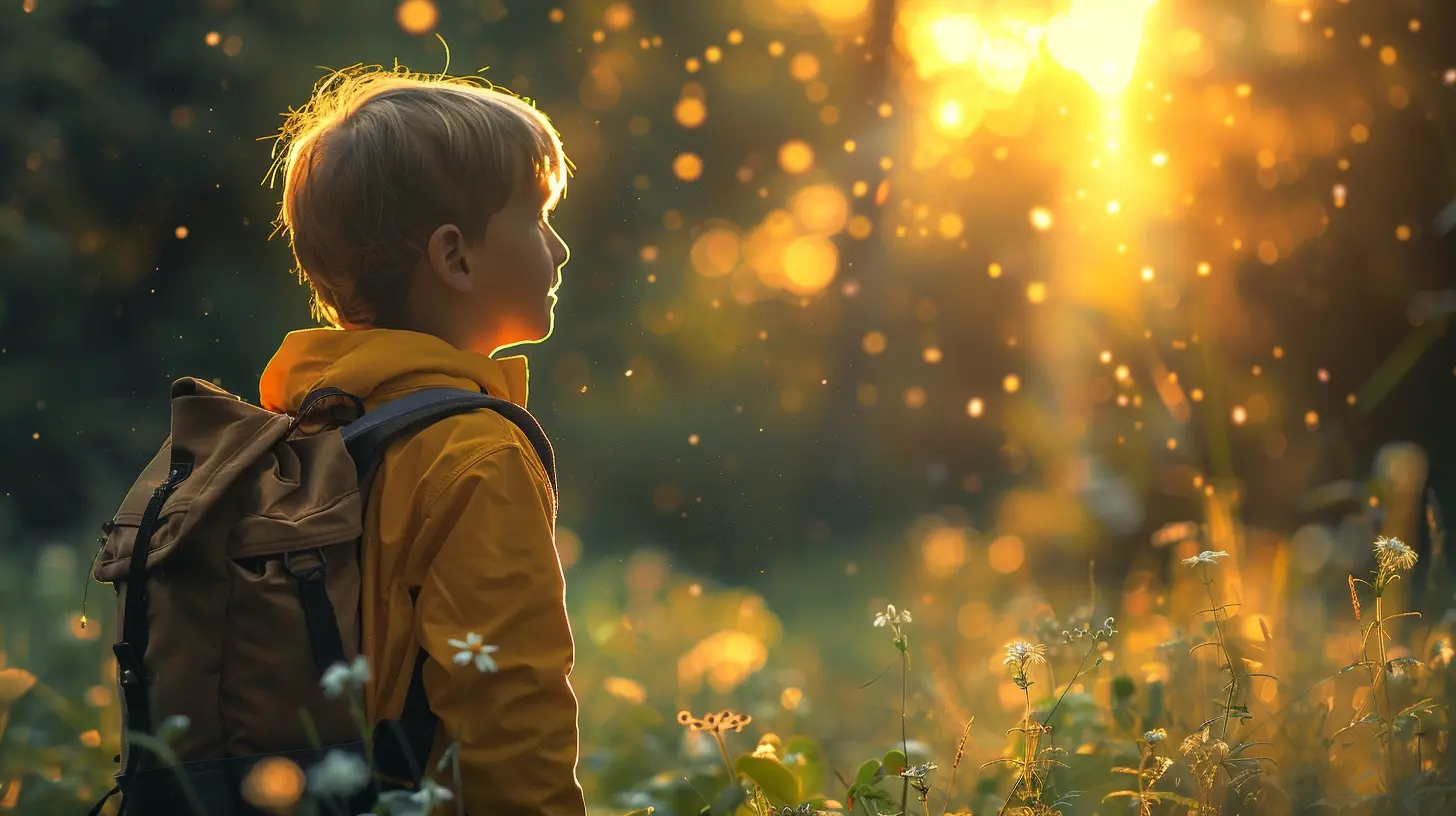
Creativity and Problem Solving: The Wild Boost
Let’s talk creativity. You won’t find a nature-based learning setting filled with mass-produced plastic toys or rigid lesson plans. Instead, think sticks, bugs, shadows, and mud pies. It’s open-ended, unstructured—and that’s the secret sauce.Nature-based environments encourage divergent thinking, also known as creative or outside-the-box thinking. Kids invent their own games, solve real-world problems (like how to build a dam using rocks), and learn by doing. This builds:
- Critical thinking
- Innovation
- Resilience
- Imagination
Your brain loves challenges, especially when they come with a splash of surprise. Nature is full of surprise. Every leaf, rock, and puddle holds the chance for a new idea.
Emotional Intelligence Gets a Boost Too
Learning isn't just about facts and figures. Emotional intelligence plays a huge role in academic and personal success. Nature-based learning is a hidden powerhouse here too.In outdoor settings, kids often work together to solve problems—teamwork is essential. They learn how to negotiate, empathize, and cope with frustration (like when their mud castle collapses). Plus, nature just makes people feel better. It reduces anxiety and depression, improves mood, and enhances overall well-being.
Ever notice how a hike puts people in a good mood? The same thing happens for kids during outdoor learning. Happier kids are more engaged students.
Physical Activity and Brain Power Go Hand-in-Hand
Here’s the deal: Active body, active brain.Studies show that physically active kids tend to perform better academically. Nature-based learning almost always involves movement: climbing, digging, running, jumping, balancing. All of that physical activity gets more blood—and oxygen—to the brain. That means better memory, quicker thinking, and more efficient learning.
Sitting is the new smoking, they say. Well, nature-based learning keeps kids moving and their brains thriving. It’s like brain food disguised as play.
Real-Life Applications: Making It Stick
Let’s be real—memorizing dates or math formulas from a textbook doesn’t always translate to real understanding. But when kids experience learning through nature, it sticks.Why? Because it's meaningful. Want to teach math? Use real measurements while building a birdhouse. Need to work on science? Observe ecosystems in action. Language arts? Describe what a forest smells like or write poetry under a tree.
Experiential learning—learning by doing—is deeply rooted in nature-based education. It helps kids make connections between what they read and what they live. And that’s where real cognitive growth happens.
Breaking the Classroom Ceiling
Traditional classrooms have walls—physical and metaphorical. Nature has none. That’s why it levels the playing field for a lot of students, especially those who struggle with traditional learning environments.Outside, there are fewer distractions, more space, and endless opportunities to engage. Visual learners, kinesthetic learners, and even those with learning differences often thrive in nature-based settings.
It’s not about choosing between nature and academics—it’s about recognizing that nature is academic.
Nurturing a Lifelong Love of Learning
Here’s something we don’t talk about enough: curiosity.You can’t teach someone to be curious from a worksheet. But you can cultivate curiosity—and nature does that effortlessly. Nature-based learning sparks questions, invites exploration, and encourages kids to wonder. And once a child is curious, learning stops being a chore and becomes a choice.
That intrinsic motivation is gold. It’s what drives lifelong learners. And lifelong learners thrive in any situation, whether they’re earning degrees or navigating real-world challenges.
What Parents and Educators Can Do
You don’t need to build a forest school to bring nature into learning. Here are some simple steps:- Outdoor class time: Even 20 minutes outside can make a big difference.
- Nature walks with purpose: Turn a stroll into a scavenger hunt or observation session.
- Gardening projects: Whether it’s herbs on a windowsill or a school garden, it teaches responsibility and science.
- Learning stations outside: Math at the picnic table, reading under a tree—get creative!
- Encourage free play: Unstructured time in nature is as important as structured learning.
It’s all about intention. Make nature part of the learning process, not just a break from it.
Looking to the Future
As our world becomes more digital, the need for balance is more important than ever. Screens are here to stay, but nature offers what screens can’t—sensory experiences, resilience, unfiltered learning, and peace.By integrating nature-based learning into our schools and homes, we’re not just helping kids grow smarter. We’re helping them grow healthier, happier, and more connected to the world around them.
Final Thoughts
So, how does nature-based learning boost cognitive growth?In more ways than one. It sharpens focus, enhances memory, sparks creativity, and promotes emotional and physical health. It breaks down walls—literally and figuratively—and reconnects education with the real world. Most importantly, it reminds us that the best learning doesn’t always come from a textbook. Sometimes, it comes from a stick, a bug, or the sound of wind through leaves.
Our brains are wired for the wild. It’s time our classrooms catch up.
all images in this post were generated using AI tools
Category:
Child DevelopmentAuthor:

Olivia Lewis
Discussion
rate this article
1 comments
Dominique McGlynn
Loved this article! Nature-based learning truly sparks curiosity and creativity in children, helping them grow both cognitively and emotionally. Great insights!
October 20, 2025 at 12:40 PM

Olivia Lewis
Thank you for your kind words! I'm glad you found the insights on nature-based learning valuable.
